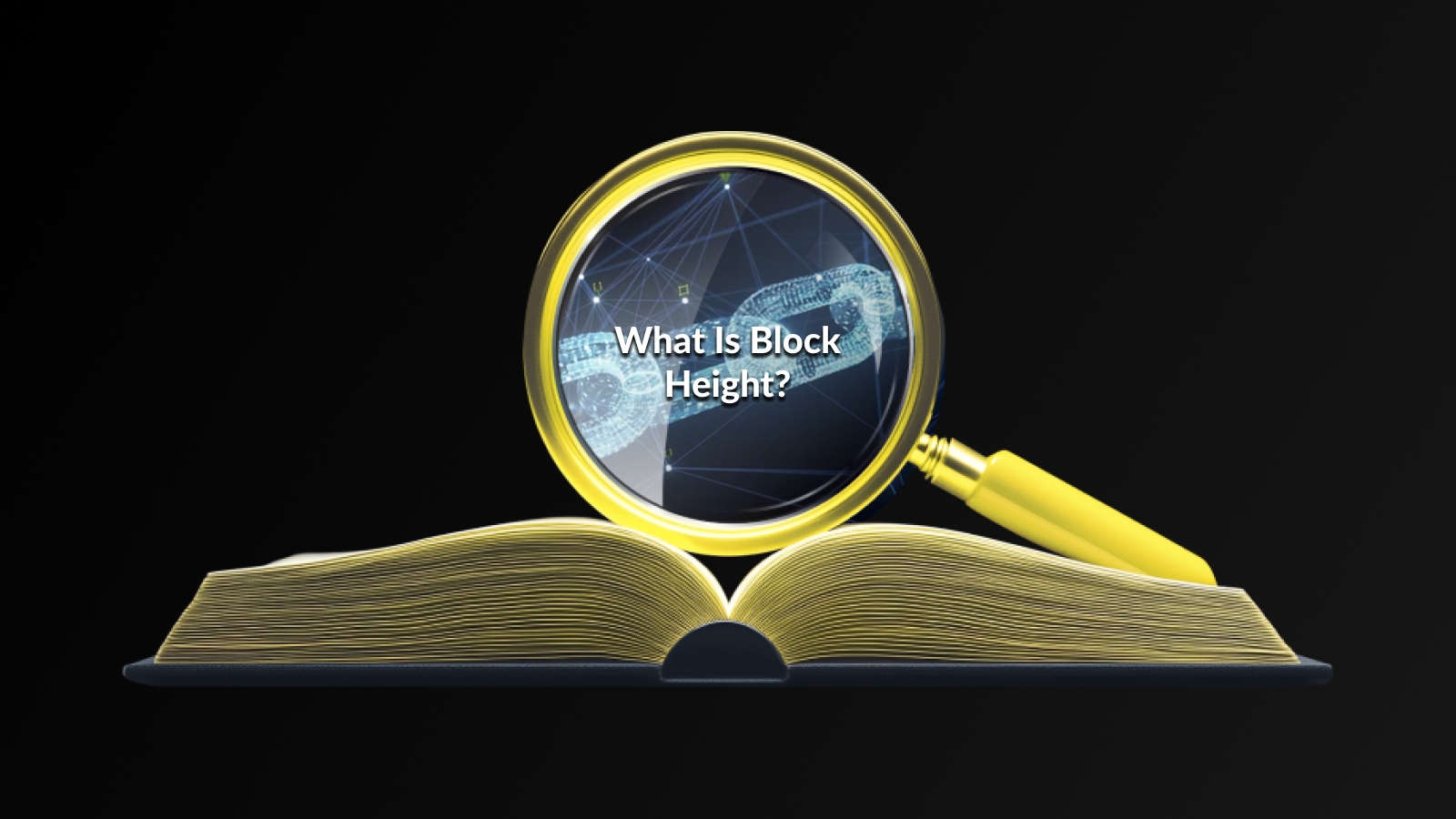Introduction
Explore the essential features and benefits of block explorers, learn effective usage for transactions, and enhance your blockchain experience with our detailed guide.
Understanding The Concept of a Block Explorer
A Block Explorer serves as a vital tool in the cryptocurrency ecosystem, offering users a transparent view of transactions on a blockchain. It allows individuals to delve into the intricate details of blockchain activities, providing insights that are otherwise difficult to access. By using a Block Explorer, users can track transactions, monitor balances, and verify the status of blockchain confirmations.
Essentially, a Block Explorer acts like a search engine tailored specifically for blockchain networks, enabling users to enter public keys or transaction IDs and receive comprehensive information about them. This functionality not only enhances the security aspect of transactions but also encourages accountability among users by maintaining a public record of all activities.
Block explorers often encompass a range of features, such as displaying block sizes, transaction fees, and confirmation times, which are critical for users looking to optimize their blockchain engagements. With real-time updates and historical data, these platforms provide an invaluable resource for both amateur and seasoned cryptocurrency enthusiasts alike.
Understanding the concept of a Block Explorer is instrumental for anyone interacting with blockchain technologies. Whether for tracking personal transactions or conducting research, users can leverage these tools to deepen their understanding of how blockchains operate and foster their engagement in the ecosystem.
How To Effectively Use A Block Explorer For Transactions
Using a Block Explorer is essential for anyone engaged in cryptocurrency transactions. It serves as a vital tool to gain insights into the various aspects of the blockchain, including transaction details, wallet information, and block data. Here’s how to effectively use a Block Explorer for your transactions:
- Searching Transactions: To find a specific transaction, enter the transaction ID (TXID) in the search bar of the Block Explorer. This will display detailed information such as the status, confirmations, and related addresses.
- Tracking Block Confirmations: Each transaction is grouped into blocks. When using a Block Explorer, you can view the number of confirmations a transaction has received, which indicates its security level on the network.
- Checking Wallet Balances: If you input a wallet address into the Block Explorer, you can instantly see current balances and the history of transactions associated with that address.
- Monitoring Fee Rates: Some Block Explorers provide insights into current transaction fee rates, helping you determine the best time and fee structure for sending your cryptocurrency.
- Verifying Transaction Status: If you’re expecting a transaction, you can always verify its status on the Block Explorer to confirm whether it has been processed or is still pending.
By mastering these functionalities of a Block Explorer, you can enhance your overall experience in managing transactions on the blockchain efficiently.
Key Features And Benefits Of Utilizing A Block Explorer
Utilizing a Block Explorer provides users with a wealth of information regarding transactions and blockchain performance. The primary feature that sets a block explorer apart is its ability to allow users to view transaction history in real-time. This transparency enhances the trustworthiness of blockchain networks by offering a public ledger where all activities are recorded and accessible.
Another significant benefit is the capability to trace the flow of cryptocurrency by checking wallet addresses and transaction confirmations. Users can easily determine the status of their transactions, including whether they are pending, completed, or failed. This efficient tracking is invaluable for managing investments and ensuring secure operations.
Additionally, block explorers are equipped with analytical tools that enable users to view essential metrics such as block sizes, transaction volumes, and network hashrates. These insights assist users in understanding the health of the blockchain, which can be critical for making informed decisions in a volatile market.
Moreover, most block explorers include features that allow users to customize their search queries and filter results based on specific criteria. This personalized approach to exploring the blockchain makes it easier to find the information that is most relevant to individual users.
The key features and benefits of utilizing a Block Explorer include real-time transaction viewing, comprehensive tracking capabilities, access to analytical tools, and customizable search options. Leveraging these capabilities can significantly enhance your overall blockchain experience.
Conclusion: Maximizing Your Blockchain Experience With A Block Explorer
Utilizing a Block Explorer can significantly enhance your understanding of blockchain technology and improve your overall experience. By providing real-time access to detailed transaction data, a block explorer empowers users to navigate the blockchain with confidence. This tool not only helps in tracking transactions but also assists in monitoring network performance and blockchain health.
Furthermore, with the comprehensive insights offered by a Block Explorer, developers and investors can make more informed decisions. By analyzing transaction histories, users can better comprehend market trends and the behavior of various cryptocurrencies, making it an invaluable resource in their toolkit.
To truly maximize your blockchain experience, it is essential to explore the various features and capabilities of your chosen Block Explorer. Engaging with this powerful tool can demystify the complexities of blockchain, enabling you to utilize it effectively for personal transactions, investments, or even developing decentralized applications.
Staying informed and utilizing a Block Explorer will not only enhance your knowledge but will also help you navigate the evolving landscape of blockchain technology with ease and confidence.
Frequently Asked Questions
What is a block explorer?
A block explorer is a web-based tool that allows users to view all transactions on a blockchain. It provides transparency by displaying transaction details, block information, and the overall state of the blockchain.
How does a block explorer work?
Block explorers work by indexing the blockchain data and making it accessible through a user-friendly interface. They parse blockchain data to show transaction histories, block confirmations, and other metrics.
Why are block explorers important?
Block explorers are important because they enhance transparency and accountability within a blockchain network. They allow users to verify transactions and balances, ensuring the integrity of the system.
Can I trace transactions using a block explorer?
Yes, you can trace transactions using a block explorer by entering the transaction ID or wallet address. This enables you to see the transaction history and the flow of funds.
Do all blockchains have block explorers?
Not all blockchains have dedicated block explorers. However, many popular cryptocurrencies, such as Bitcoin and Ethereum, have multiple block explorers available to the public.
What features should I look for in a block explorer?
When choosing a block explorer, look for features like real-time transaction tracking, user-friendly interface, comprehensive data presentation, and support for different cryptocurrencies.
Are there any privacy concerns with using a block explorer?
Yes, privacy concerns can arise since transactions on public blockchains are transparent and can be traced. Careful management of wallet addresses and using privacy-focused solutions can help mitigate these concerns.
Disclaimer
This content is for educational purposes only. Always exercise caution when interacting with blockchain tools and platforms.





